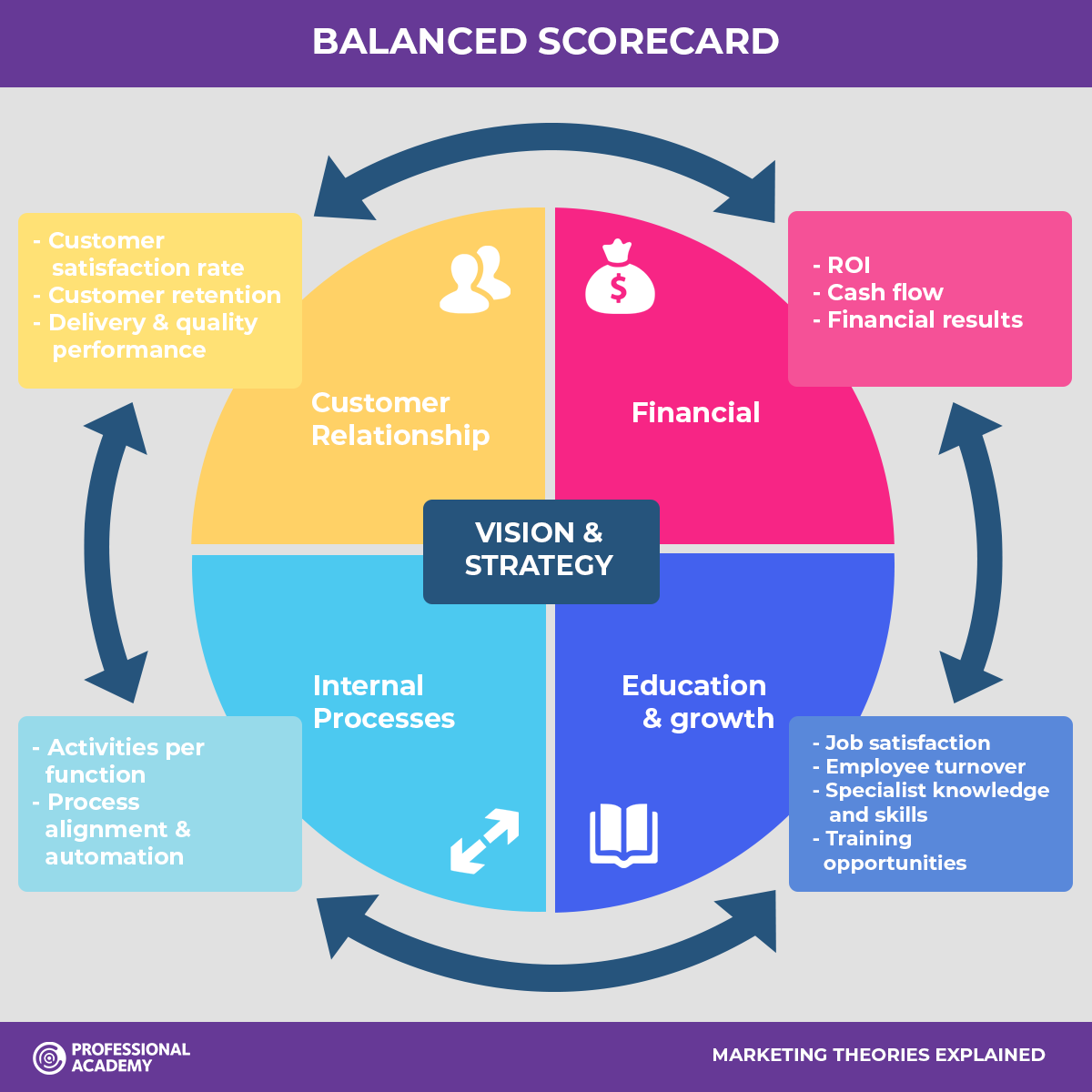A
vision is a statement about what the leadership agrees a company could reasonably stretch to be in a generation--a 30-year aspiration... if the statement doesn't contain "to be," it's not a vision statement. For example: "We wish to be the largest bicycle manufacturer in the United States as measured by sales within 30 years..."
"A mission is what you wish the company to be over the next three-to-five years." Again, it should contain "to be." Your mission sets a shorter-term agenda for steps that will allow you to someday achieve your vision...
"Objectives (interchangeable with 'goals') are what you want to have."
Not "be." "Have."
The key is to sift through all the possible metrics and KPIs to determine the goals that most define success. Dunkin's mission was to be "the dominant doughnut and coffee provider in each and every market" in which it competed. Its early objectives?
- To have earnings per share grow at 15-to-20 percent per year.
- To have store-level economics achieve at least a 15-percent return on investment on average.
- To have debt never total more than three times EBITDA...
Strategic initiatives are, "the four-to-six most important tasks an organization must execute in order to bridge ever-scarce resources to achieve stated objectives..."
Tactics are, "the four-to-six action steps needed to support the achievement of each department's strategic initiatives..."
Jeff Haden, quoting Robert Rosenberg - CEO of Dunkin' Donuts'
"Think Company Vision Statements Are a Waste of Time? How Dunkin' Donuts' CEO Created a Plan to Recover From Disaster," by Jeff Haden. Inc. Nov. 17, 2020

.jpeg)


















